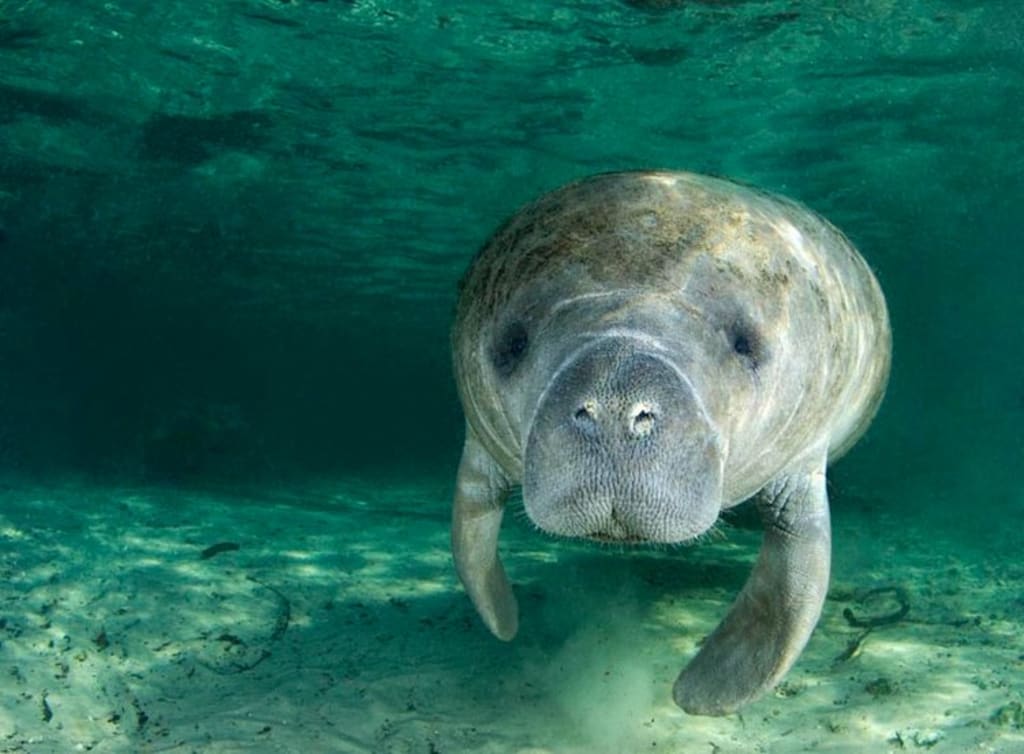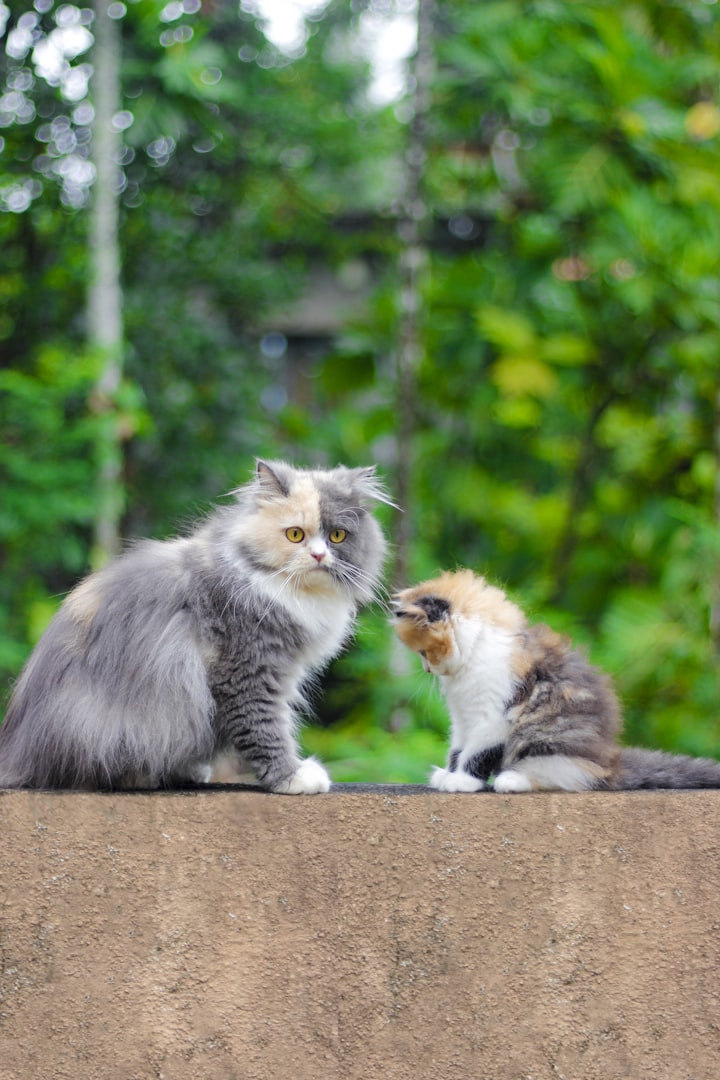When the Water Turns Red: How Red Tide Affects Florida’s Marine Animals
Red tides have been recorded throughout Florida’s history since 1530 when Spanish explorers noted fish deaths along the coastline as the result of the water appearing 'red.' However, it was not until the 1940s when research was conducted on what caused red tides, why they happen, and how it affects both people and wildlife alike.

Karenia brevis is a type of dinoflagellate that is known to produce toxins that can accumulate in marine organisms like shellfish, which can lead to poisoning when eaten by other animals. It’s adapted to get nutrients on the West Florida Shelf Oligotrophic where it feeds on copepods and their feces. In order for it to thrive, it also needs low light and an upwelling to initiate a bloom. The bloom occurs in four stages which include initiation, growth, maintenance and termination. Yet researchers have yet to determine which stage could serve as a primary factor to a bloom maintenance since there are multiple sources that are involved in the process. What is known, though, is that once a bloom begins, a combination of winds and current push the newly formed red tide to shore. As a result, the dangers it can have on animals begins to arise when K. brevis gets ingested because after all, they do produce a neurotoxin that bioaccumulate up the food chain of Florida’s marine ecosystem. This toxin can also be airborne when the cell breaks up from wave activity.
What could happen when Florida’s marine animals encounter K. brevis?
- Once sea turtles get exposed, they begin to act confused and lose their coordination which often involves swimming in circles. In addition, they can begin to exhibit signs of distressful behaviors like head bobbing, twitching, and listlessness. When a sea turtle gets exposed to red tide, it might not be able to dive and evade predators in ways it would if it were not exposed, and many turtles often die as a result of becoming paralyzed and drowning after not being able to lift their heads out of the water in order for them to catch a breath of air.
- Sea turtles can also get exposed to red tide through ingestion. These marine reptiles have slow metabolisms, which means that they can accumulate toxins in their bodies for a very long period of time. In fact, recent studies have shown that brevotoxins can be transferred from nesting mothers to their hatchlings. Once the toxins metabolize, the turtles are left to struggle with the toxic effects, even long after the blooms come to an end. However, scientists believe that most sea turtles that get affected by red tide often die from being poisoned by ingesting prey that has been inflicted with brevotoxins.
- Red tides can affect fish at all stages of development. Fish that are exposed to red tide can often exhibit signs of coordination issues like twisting motions and swimming in spiral patterns. They can also display regurgitation, fin paralysis, and convulsions. Many fish often die as a result of lack of oxygen from the functioning of their gills.
- It has long been believed that brevotoxins were the leading cause of death for marine mammals in Florida waters. For example, necropsies done on dolphins that have died from red tide confirmed that the mammals fed on a variety of prey that were contaminated with brevotoxins, slowly killing them in the process as a result of poisoning.
- Manatee deaths related to red tide were first recorded in the 1960s. It’s believed that most of the animals die from poisoning related to consuming sea grasses that are covered by filter feeding organisms that were inflicted by brevotoxins. It has been reported by wildlife rescue facilities that infected manatees can appear “drunk” by doing barrel rolls underwater and spinning as a reaction to being intoxicated.
- Marine mammals can also die from inhaling the nasty toxins when taking a breath of air after spending a period of time underwater.
- When red tides occur, costal seabirds and shorebirds are among the first animals to get hit by the toxins. Because birds consume fish and crustaceans, they tend to become more prone to effects than other animal species are. Once birds become ill, they develop the inability to stand, their heads begin to slump, and they become very weak to the point where they are unable to fly and suffer from shortness of breath. They can also develop seizures and discharge of the mouth and nasal cavity as well as become dehydrated.
- Although not spoken about so much as that of birds, fish, turtles, and marine mammals, invertebrates can die as a result of being exposed from toxins relating to red tides. During the K. brevis blooms, shrimp, sponges, urchins, shellfish, and crabs die from probable low-oxygen conditions when red tides occur.
While it could be decades before anyone can finally understand what causes red tides to occur, some people do blame more recent occurrences on aquaculture, pollution, and the effects of climate change as being major causes of red tides in recent years. At least 24 hypotheses about red tide origins exist to explain when, how, and why they occur in the first place. Yet scientists have not been able to figure out how dinoflagellates that are only adapted to low light can produce such deadly toxins even though they know that they are opportunistic feeders that derive on energy from natural sources that are both inshore and offshore.
Like my work? Feel free to send me a tip, or support my ongoing efforts to create more educational and informational articles and videos on Patreonfor as little as a dollar a month.
About the Creator
Jenna Deedy
Zoo and Aquarium Professional, Educator, Cosplayer, Writer and B.A. in Psychology whose got a lot to share when it comes to animals, zoos, aquariums, conservation, and more.
Instagram: @jennacostadeedy






Comments
There are no comments for this story
Be the first to respond and start the conversation.